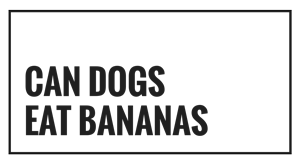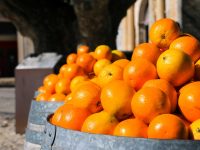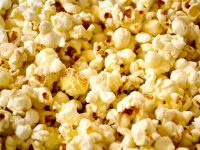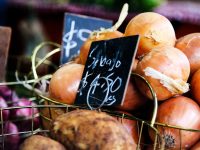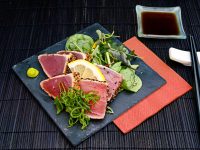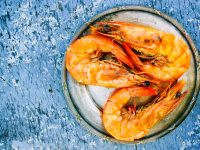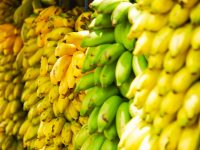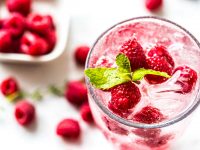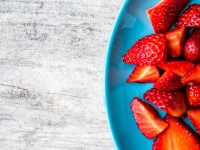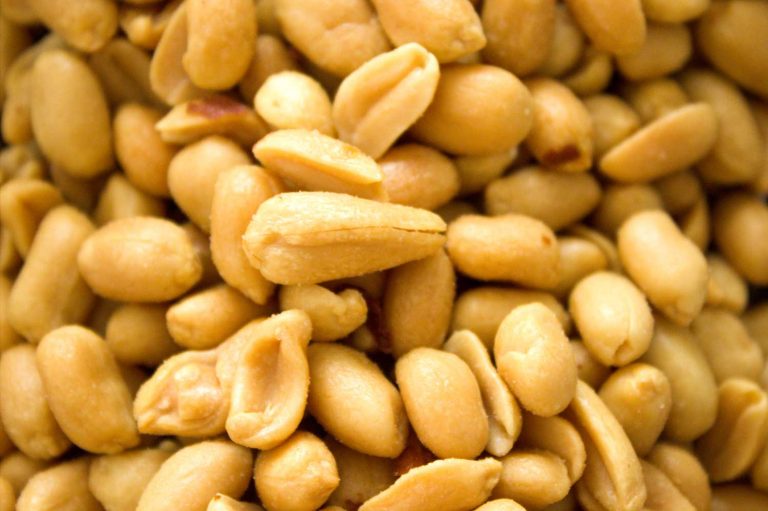In a previous article, we answered yes to the question, “Can dogs eat peanuts?” Now it’s time to redirect our attention from dogs and peanuts to dogs and peanut butter. Particularly, how peanut butter is made.
Did you know that many peanut butters contain ocean algae? Carrageenan is an ingredient extracted from ocean algae and used in peanut butter to make the product easier to spread. Crazy, right? Plenty of surprises pop us when it comes to how peanut butter is made, and ocean algae is just one of them.
Before we get started, please allow me to make a quick shout out to George Washington Carver: the original peanut pundit. If it weren’t for him, it’s difficult to say whether or not we would have peanut-related products at all. If he were alive nowadays, you can bet he’d be making all sorts of delicious, dog peanut butter products.
With some help from Madehow.com, let’s get to how peanut butter is made.
Autumn Harvest
After the peanuts are planted sometime in April/May, the nuts are then harvested in the Autumn months of September and October.
Mechanical pickers remove the nuts from their vines. The peanuts are then delivered to warehouses for cleaning and removal of shells. The unshelled peanuts are then graded and separated by size and quality, before getting shipped off to the peanut butter manufacturers.
How Peanut Butter Is Made
Knowing the manufacturing process is important because many of these peanuts are nuts for dogs: a good number of these peanuts will end up in dog peanut butter products, and in your furry friend’s tummy.
Peanuts Roasting On An Open Fire
The first thing manufacturers do with their fresh peanuts is dry roast them. Peanuts can be dry roasted in a batch method or a continuous method.
Large manufacturers use the continuous method because it’s quicker and easier. Other manufacturers tend to use the batch method because it produces higher quality peanut butter. High quality is what we’re all about, so let’s dig deeper into the batch method.
The batch method heats the peanuts in 400 pound intervals at 800 degrees Fahrenheit. Once the peanuts reach a temperature of around 320 degrees, they stay at that temperature until uniformly roasted.
After roasting, the peanuts are immediately placed into cooling vats that cool the peanuts down to 86 degrees Fahrenheit. Once cooled, the peanuts are filtered through a machine and readied for their skins (the coating on the nuts) to be removed, which is a process called blanching.
Blanching
There are two blanching processes: one is heating based, the other is water based.
Heat blanching is beneficial because it removes the bitter heart of the peanut, but the high heat cooks some of the healthy nutrients out of the peanuts.
Water blanching benefits the nuts because it allows them to retain more of their healthy nutrients. On the other hand, water blanched peanuts taste more bitter without added sugars.
The Left Jar
After the blanching process, machines grind the peanuts down into medium or fine grinds to make smooth peanut butter. To make crunchy peanut butter, which is the superior peanut butter (That’s right… Don’t @ me), manufacturers mix small peanut pieces with the ground nuts.
During the grinding process, many manufacturers mix the peanuts with additives like salt, sugar, carrageenan, and palm oil. This unnatural peanut butter harms our dog’s health: our pups have no need for added salts, sugars, and oils and carrageenan can cause gastrointestinal inflammation. The solution is a dog peanut butter that doesn’t contain harmful additives.
When you buy dog peanut butter or homemade peanut butter dog treats, you want the peanut butter to come from the jar on the left, not the one on the right. There’s no saying for a jar left half full. We want that jar filled to the brim!
Filled with natural, premium grade peanuts of course!
